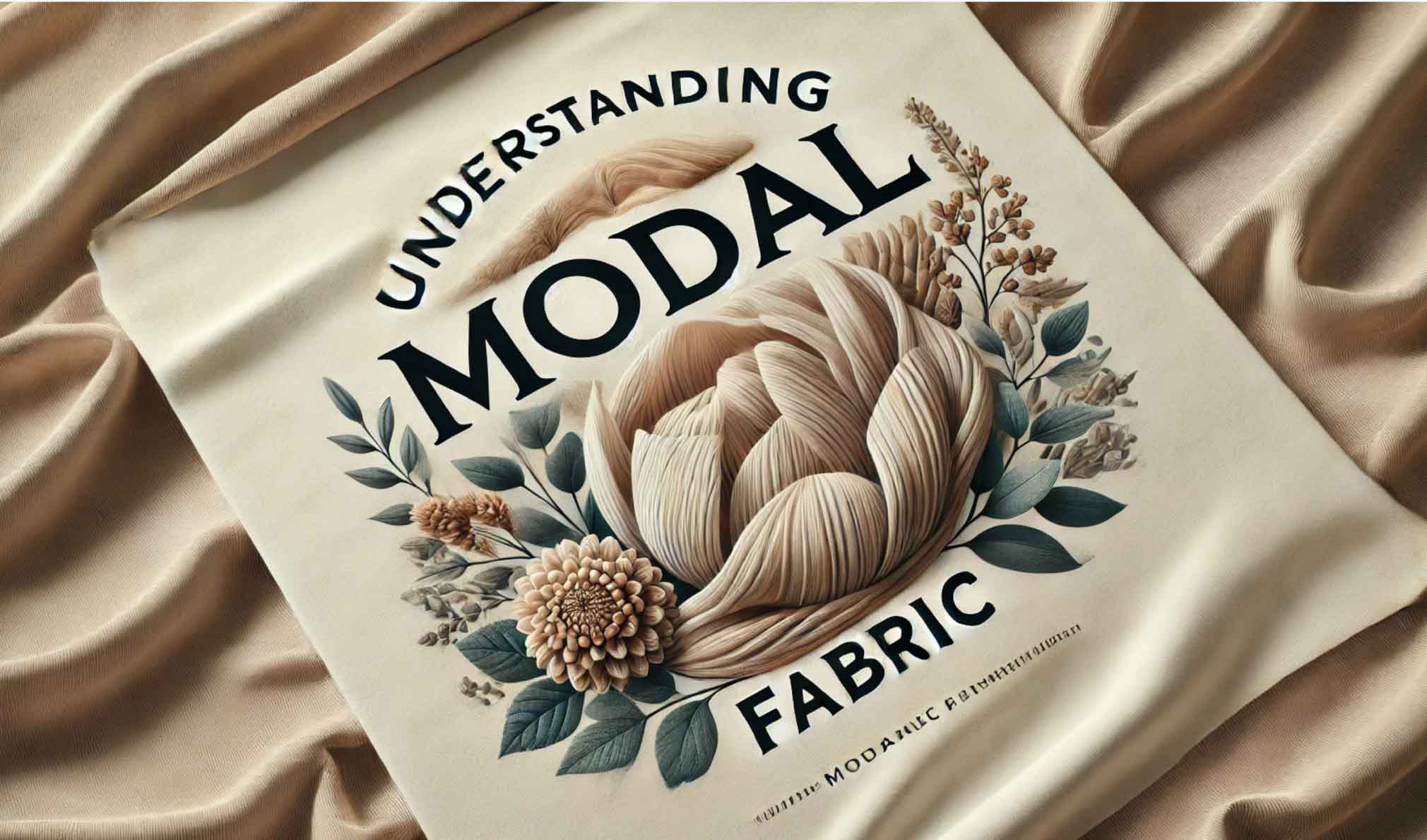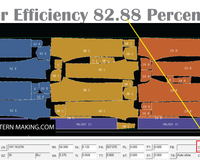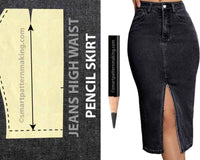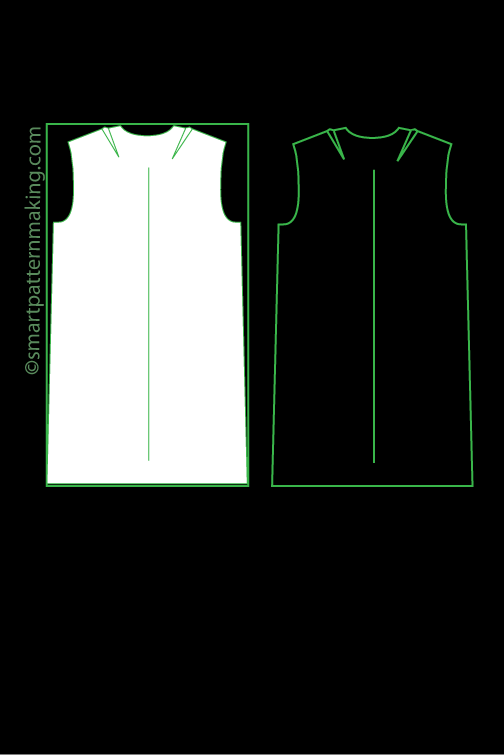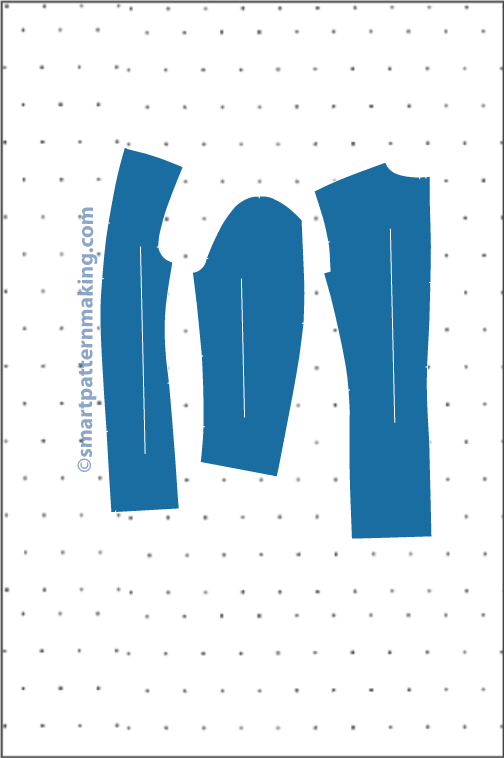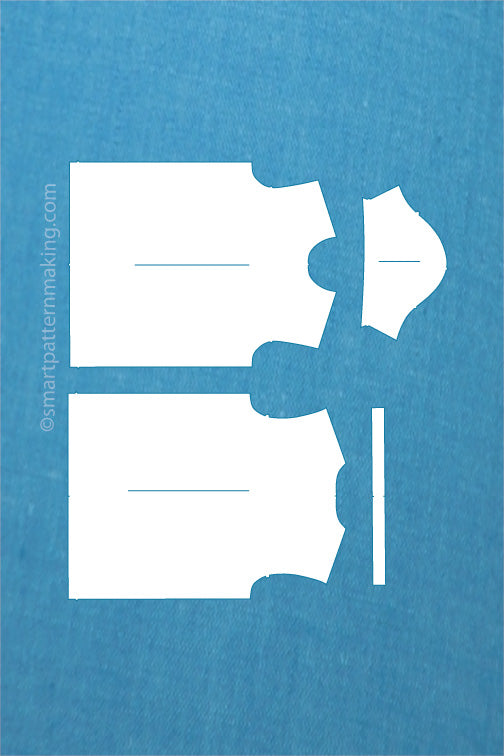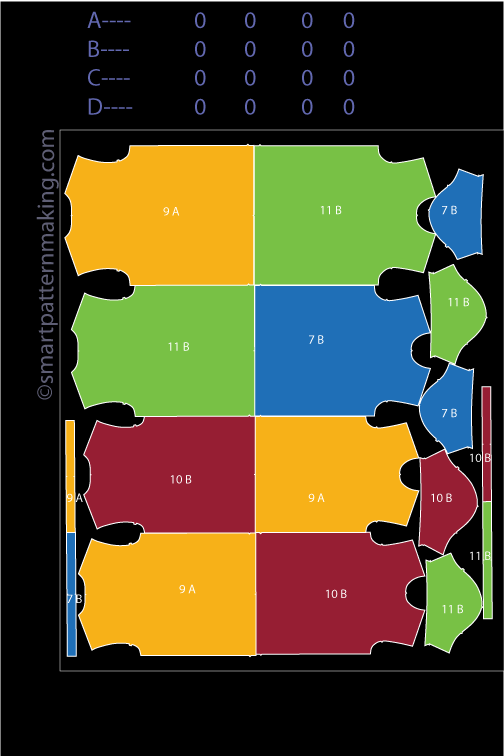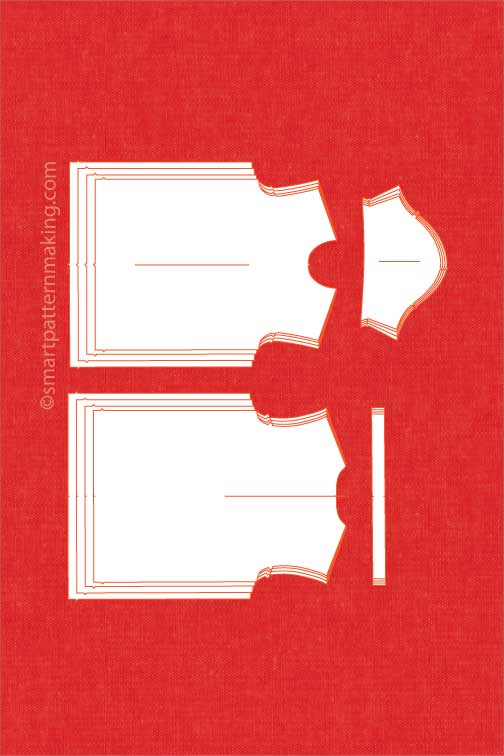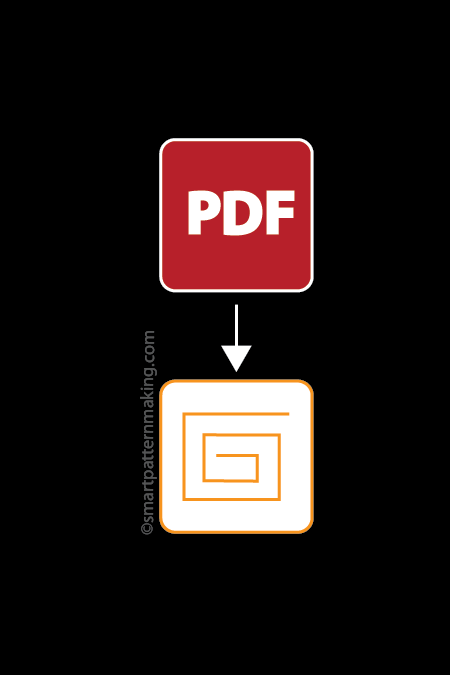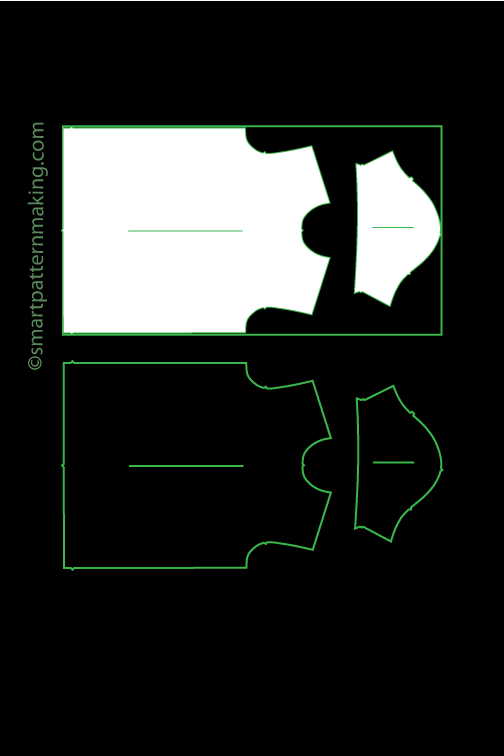Introduction to Modal Fabric
Overview
Modal fabric is revolutionizing the fashion industry with its blend of renewable resources and advanced textile manufacturing techniques. Known for its exceptional softness, elasticity, and breathability, modal offers a luxurious feel and durable performance, making it ideal for various clothing materials. Whether you're looking for eco-conscious options or high-end fashion, modal fabric provides a sustainable and stylish solution that meets modern demands.
What Is Modal Fabric?
Modal fabric is a semi-synthetic textile derived from beech tree pulp. It is primarily used for clothing items such as underwear, pajamas, and household goods like bed sheets and towels. Modal is a type of rayon, a plant-based fiber, but it stands out for being slightly more durable and flexible. Often blended with other fibers like cotton and spandex, modal offers added strength and durability. Its luxurious soft feel and higher cost make it more expensive than cotton or viscose.
Key Facts
- Developed in: Japan, 1950s
- Primary Producer: Lenzing AG, Austria
- Brands: Lenzing Modal, China Modal, Formatex, MicroModal, Modal Air
How Is Modal Fabric Manufactured?
Modal fabric is a bio-based textile made by spinning reconstituted beech tree cellulose. It is considered a more eco-friendly alternative to cotton due to the low water requirements of beech trees, making the production process about 10-20 times less water-intensive.
Manufacturing Process
- Harvesting: Beech trees are harvested, chipped, and cellulose is extracted from the pulp.
- Sheet Formation: The cellulose is made into sheets, which are soaked in sodium hydroxide.
- Xanthation: The sheets are broken into smaller pieces and soaked in carbon disulfide.
- Dissolution: Cellulose xanthate is soaked in sodium hydroxide again to create a liquid.
- Spinning: The liquid solution is extruded through a spinneret to create fibers.
- Fiber Formation: Fibers are soaked in sulfuric acid to form yarn, then washed, bleached, and dried.
- Weaving or Knitting: Yarn is woven or knit into fabric to form modal.
Benefits of Using and Wearing Modal Fabric
Modal fabric is highly regarded for its luxurious feel and practical benefits, making it popular among eco-conscious fashion designers.
Benefits
- Stretchy: Ideal for items like t-shirts and athletic wear due to its flexibility.
- Soft: Provides an incredibly soft touch, suitable for bed sheets, pajamas, and undergarments.
- Breathable: The weave of modal fabric is highly breathable, making it great for sports and everyday clothing.
- Water Absorbent: Modal is 50% more absorbent than cotton, effectively wicking moisture away from the body.
- Durable: Strong due to the tight weave and long fibers, used for garments and housewares that receive regular use.
- Drapes Well: Like rayon and silk alternatives, with a beautiful drape for clothing and decoration.
- Eco-Friendly: Made from regenerative plants, with fewer chemicals used in production compared to other rayons.
- Doesn't Pill: Resists pilling, maintaining a smooth finish for everyday wear.
- Color Fast: Absorbs dye well and does not bleed during laundering.
- Doesn't Shrink: Less likely to shrink in the wash compared to most rayons.
- Biodegradable: Completely biodegradable.
- Doesn't Crease: Resists wrinkles and remains smooth with minimal ironing.
Modal Care Guide: How Do You Care for Modal Clothes?
Caring for modal clothes is simple, but it’s essential to follow specific guidelines to maintain their quality.
Care Instructions
- Wash in Cold Water: Pure modal can be washed in any water temperature, though cold water is ideal. Dry cleaning is not necessary.
- Use Oxygen-Based Bleach: Avoid chlorine bleach as it can weaken the fabric.
- Dry on Low to Medium Heat: Remove items from the dryer promptly to avoid wrinkling, or hang them up while slightly damp.
Comparisons with Other Fabrics
What Is the Difference Between Modal and Viscose?
Modal is known as a “high wet modulus rayon,” meaning it retains strength when wet and doesn’t lose its shape, unlike viscose. The production process for both is similar, but modal fibers undergo more processing, making the final product stronger, lighter, and more breathable. Additionally, modal uses lower concentrations of sodium hydroxide, making it more environmentally friendly than viscose.
Comparison Table:
| Feature | Modal | Viscose |
|---|---|---|
| Wet Strength | Retains strength when wet, doesn’t lose shape | Weaker when wet, loses shape |
| Production | Lower concentrations of sodium hydroxide, more environmentally friendly | Higher concentrations of sodium hydroxide |
| Final Product | Stronger, lighter, more breathable | Less durable, heavier |
What Is the Difference Between Modal and Lyocell?
Modal and lyocell are both forms of rayon, but lyocell is entirely organic. Lyocell uses an organic solution in its production, replacing the sodium hydroxide used in modal, making it more eco-friendly. Lyocell can also be made from various trees, including beech and eucalyptus, providing similar benefits but with an even greener footprint.
Comparison Table:
| Feature | Modal | Lyocell |
|---|---|---|
| Production | Uses sodium hydroxide in production | Uses an organic solution, more eco-friendly |
| Source | Primarily beech tree pulp | Beech trees, eucalyptus, and other trees |
| Environmental Impact | Lower concentrations of sodium hydroxide | Uses an organic solution, making it more eco-friendly |
Specialized Properties of Modal Fabric
Elasticity of Modal Fabric
Modal fabric is known for its incredible elasticity, which makes it a stretchy fabric. This elasticity allows modal to be used in various performance fabrics, ensuring both comfort and durability. The stretchiness of modal means that it can adapt to body movements, providing an excellent fit for activewear and ensuring that garments retain their shape over time.
Benefits of Elasticity:
- Ensures a snug fit: Modal's elasticity ensures that garments fit closely and comfortably, adapting to body movements.
- Ideal for underwear and activewear: The flexibility of modal makes it perfect for clothing that requires a close, comfortable fit, such as underwear and activewear.
- Enhances comfort wear: The fabric's stretchiness adds to the overall comfort, making it a popular choice for leisure and loungewear.
Harnessing Renewable Resources for Modal Fabric
One of the standout features of modal fabric is its use of renewable resources. Made primarily from natural fibers such as beech tree pulp, modal is an eco-friendly textile option. The sustainability of modal production lies in the efficient use of beech trees, which require less water and fewer chemicals compared to other sources.
Advantages of Renewable Resources:
- Utilizes renewable resources: Modal is derived from beech tree pulp, a renewable resource that can be sustainably harvested.
- Reduces environmental impact: The production of modal uses less water and fewer chemicals, making it a more environmentally friendly option.
- Supports sustainable fashion practices: By using renewable resources, modal contributes to the growth of sustainable fashion, promoting eco-friendly production methods and reducing the overall environmental footprint of the textile industry.
Microfiber and Its Role in Modal Fabric
The incorporation of microfiber into modal fabric adds to its soft touch and fabric softness. Microfiber also enhances the fabric quality, making it a luxury fabric. The fine fibers of microfiber contribute to the smooth texture of modal, giving it a silky feel that is highly sought after in high-end fashion.
Microfiber Benefits:
- Contributes to a smooth texture: The fine fibers of microfiber create a silky, smooth texture that enhances the luxurious feel of modal.
- Improves fabric softness: Microfiber adds to the overall softness of modal, making it even more comfortable to wear.
- Ideal for high-end fabric applications: The combination of modal and microfiber makes for a high-quality fabric that is perfect for luxury garments and accessories.
The Art of Fabric Drape in Modal Fabric
Modal fabric is celebrated for its excellent fabric drape, giving garments a fluid and elegant appearance. The drape of modal makes it a preferred choice for creating stylish and sophisticated clothing that moves gracefully with the body.
Fabric Drape Benefits:
- Offers a luxurious feel: The drape of modal adds to its luxurious feel, making it a desirable choice for high-end fashion.
- Enhances the look of clothing material: The fluidity of modal's drape enhances the visual appeal of garments, creating elegant and sophisticated silhouettes.
- Preferred in luxury fabric designs: Designers favor modal for its excellent drape, using it to create garments that are both stylish and comfortable.
Modal Fabric in Sustainable Fashion
Modal fabric plays a significant role in sustainable fashion due to its use of sustainable materials and eco-conscious production methods. By choosing modal, designers and consumers can support ethical fashion practices and contribute to a more sustainable textile industry.
Sustainable Fashion Benefits:
- Supports ethical fashion: Modal production involves fewer chemicals and less water, making it a more sustainable choice that aligns with ethical fashion principles.
- Reduces the need for chemical processing: Modal's eco-friendly production methods reduce the reliance on harmful chemicals, promoting a healthier environment.
- Promotes the use of sustainable textile practices: By using renewable resources and sustainable production methods, modal fabric supports the growth of sustainable fashion and encourages the adoption of eco-conscious practices in the textile industry.
Conclusion
Modal fabric stands out in the textile industry for its combination of comfort, sustainability, and versatility. By incorporating renewable resources and cutting-edge manufacturing processes, modal supports ethical fashion and reduces environmental impact. Whether you're designing activewear, loungewear, or luxury garments, modal fabric's unique properties make it an excellent choice. Embrace the benefits of modal fabric to create high-quality, eco-friendly clothing that looks and feels fantastic. By understanding the features and advantages of modal fabric, you can make informed choices that enhance your wardrobe and support sustainable fashion practices.

